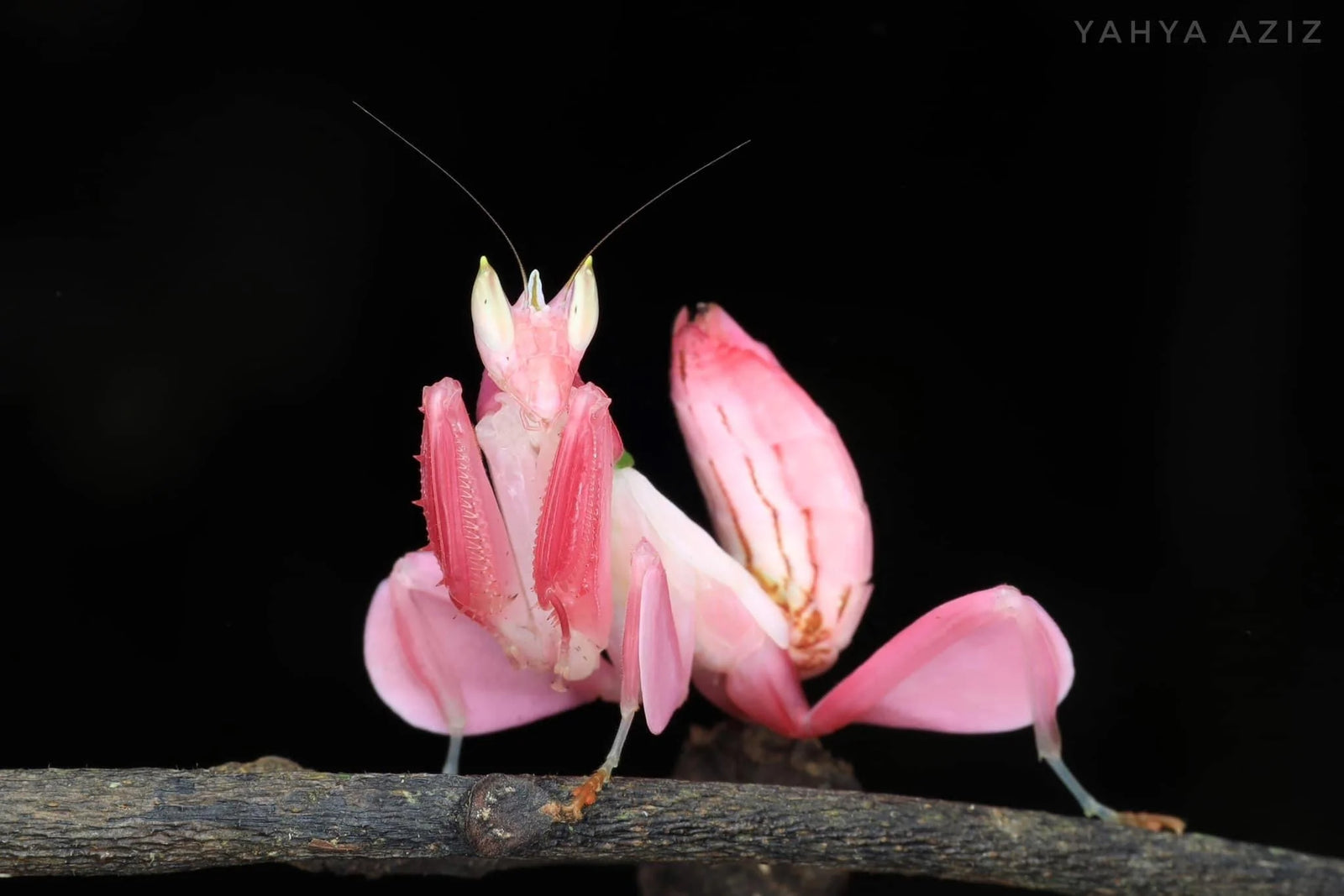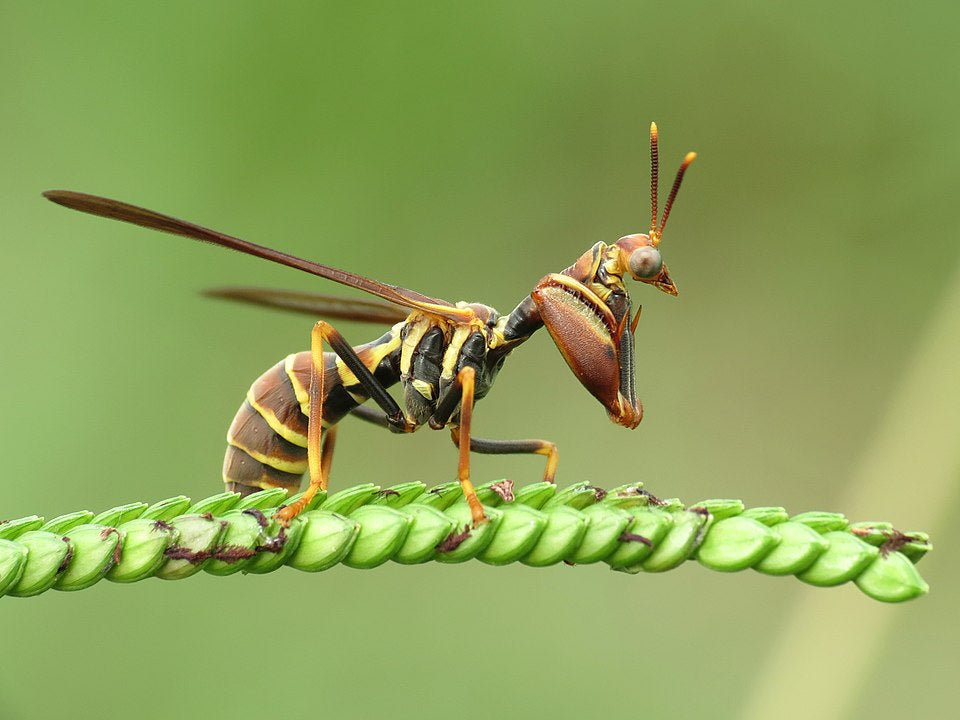Menú
-
- Hogar
- Contacto
- Buscar
-
Comercio
- Insectos vivos que se alimentan
-
Suministros
- Hábitats
- Comederos
- Comederos y suministros para la cría de microfauna
- Kits bioactivos
- Suministros bioactivos
- Contenedores
- Tazas de cultivo de insectos
- Tazas y tapas para cultivo de insectos
- Proyectos de aula
- Plantas de aire vivas bioactivas
- Sustratos
- Iluminación y Calefacción
- Jaulas, hábitats, cajas de insectos, viveros, insectarios
- Ladrar
- Suministros de envío, paquetes térmicos, paquetes fríos, contenedores.
- Bioactivo
- Plantas
- Galería Mantis
- Evaluaciones de Usmantis
- Mantis religiosa
- Mantis
- Ooteca de huevos de mantis religiosa para el control de plagas
- Suministros bioactivos
- Beneficial Insects
- Vídeos de ayuda
- Las 5 mejores mantis religiosas como mascotas,
- Blog
-
Comprar por familia
- Mantis religiosa
- Hojas de cuidado
- Orden de pista
- Live Feeder Insects
- Wholesale prices for bulk orders
- FAQ
- Galleries of Mantis Videos
-
- Hogar
- Buscar
- Sobre nosotros
- Envío
- Refund Policy
- Seguimiento de pedidos
- Contáctenos
- Blog
- Beneficial Insects
- Mapa del sitio
- Reseñas
-
Recursos de producción cinematográfica.
- Wholesale
- FAQ
- Entrar
-
Español

Fruit fly husbandry, Have some Culture-Learn how to Fly!
marzo 14, 2024 2 lectura mínima
Keeping fruit fly cultures producing is important in order to have feeders readily available for your pet. Ordering them online is expensive and requires some luck with having them delivered in good condition, like a bowl of oatmeal sent in the mail. Drosophila
Shipping even the best of active cultures leaves the adult flies dead and requires time for the larvae to recover and hatch.
Learn about culturing fruit flies or you'll be fed up and wasting money.
What I recommend to all my mantis lovers is learning to culturing fruit flies is as important as learning how to care about your mantis. It’s impractical to order fruit flies as they don’t always ship well and are expensive. They can be easy to make. When ordering cultures get 2 or 3 to start. This way you’ll have plenty to feed with and also to make fresh cultures.
You'll learn that they take about 2 weeks produce, and are useful for about 3 weeks before they go bad. Also some cultures will fail, mold can be a problem if not made properly as there is yeast and ingredients invite its growth. This is why I recommend being careful to use clean ingredients. The excelsior (wood wool), the cup and the medium need to be fresh and pure. I put the ingredients separately (before mixing with hot water) including the excelsior in the microwave for 10-15 seconds which sterilizes it. Then be mindful to keep it from being contaminated while you mix and adding flies from an active culture.
What I recommend to all my mantis lovers is learning to culturing fruit flies is as important as learning how to care about your mantis. It’s impractical to order fruit flies as they don’t always ship well and are expensive. They can be easy to make. When ordering cultures get 2 or 3 to start. This way you’ll have plenty to feed with and also to make fresh cultures.
You'll learn that they take about 2 weeks produce, and are useful for about 3 weeks before they go bad. Also some cultures will fail, mold can be a problem if not made properly as there is yeast and ingredients invite its growth. This is why I recommend being careful to use clean ingredients. The excelsior (wood wool), the cup and the medium need to be fresh and pure. I put the ingredients separately (before mixing with hot water) including the excelsior in the microwave for 10-15 seconds which sterilizes it. Then be mindful to keep it from being contaminated while you mix and adding flies from an active culture.
Make cultures every 2-3 weeks, don’t wait till your last fly. Make extra and throw them away or sell them on eBay for $10-15 and be smart.
Making cultures is as simple as making a cup up instant oatmeal and can cost less than \$1-2 dollars to make. Here’s a recipe that works
And there’s also the culture kit we sell.
Every so often you’ll need to order a fresh culture or 2 to replenish your your breeding stock. If cultures are kept at temperatures above 85F the flies become sterile and will die. Drosophila Hydei flightless especially will become sterile and stop producing. Experiment with the mix in your environment depending on humidity and temperature and how thick or wet your medium should be.
Learn how to fly!
Dejar un comentario
Los comentarios se aprobarán antes de mostrarse.
Ver artículo completo

orchid mantis evolutionary research
junio 06, 2025 2 lectura mínima
The orchid mantis (Hymenopus coronatus) transitions from black-and-red to pink-white coloration during development, a shift driven by the Redboy pigment transporter. This transition serves different ecological functions: red coloration helps hatchlings mimic stink bugs for predator avoidance, while the pink-white coloration of older nymphs provides floral camouflage for both predator avoidance and prey attraction. The Redboy transporter, upregulated by ecdysone, facilitates this shift by exporting red pigments in early stages and importing white pigments in later stages.
Evolutionary Basis:
Redboy's Role:
The Redboy transporter, a novel ABCG transporter, arose by gene family expansion and positive selection, specifically to handle the transition from red to white coloration, according to research on Nature.
Hormonal Regulation:
The hormone ecdysone regulates Redboy, ensuring the pigment transition happens at the appropriate developmental stage, according to research on ResearchGate.
Genetic Adaptation:
The evolutionary changes in Redboy have allowed orchid mantises to adapt their body color to different life stages and ecological niches.
Ecological Functions:
Aposematic Mimicry (Hatchlings):
The initial black-and-red coloration serves as a warning signal, mimicking the appearance of stink bugs, which are known to be distasteful or toxic to predators.
Camouflage (Older Nymphs):
The pink-white coloration provides floral camouflage, helping the mantis blend in with flowers and avoid detection by predators.
Prey Attraction:
The flower-like appearance also attracts unsuspecting prey, such as small insects, to their location, enhancing the mantis's hunting success.
In summary, the orchid mantis's body color transition is a fascinating example of ontogenetic camouflage and adaptive evolution, where the color changes throughout the mantis's life serve distinct ecological roles in where the color changes throughout the mantis's life serve distinct ecological roles in predator avoidance and prey attraction.
Ver artículo completo

Mantis fly Mantispidae, very special insect
octubre 15, 2024 3 lectura mínima
Mantispidae, they don’t sting! 

Artículos recientes
-
orchid mantis evolutionary research
junio 06, 2025
-
New Yorker article 1955 Mantis Man
marzo 09, 2025
-
Mantis fly Mantispidae, very special insect
octubre 15, 2024
-
Do insects have feelings? Love or Hate? What’s your opinion
septiembre 09, 2024
-
How Praying Mantises Hear: One ear
julio 19, 2024
-
Identifying Domestic species
julio 19, 2024
-
Invasive claims and irresponsible advice
abril 13, 2024
-
Is it time for insect researchers to consider their subjects’ welfare?
abril 08, 2024
-
My Awesome Summer by P. Mantis Children’s book
abril 07, 2024
-
Toxodera
abril 06, 2024
Categorías
- animal husbandry
- best feeders
- best mantis for pest control
- breeding praying mantis
- buy praying mantis
- Cannabis
- crickets
- discussion
- dormitory pet
- Drosophila
- education
- egg
- entomology
- fertility
- flightless fruit flies
- Flower mantis
- Friendly Bugs For Cannabis
- fruit fly culture
- geometric morphometrics
- Ghost mantis
- happy experience with pets
- Hydei
- Hymenopodidae
- Hymenopus coronatus
- invasive
- keeping insects alive
- Lucky mantis
- Major League baseball Perez Kisses Lucky Mantis!
- make money
- mantis for dummies
- mantis ooth
- Mantodea
- melanogaster
- mimicry
- mismolt
- new species
- ooth
- ooth care
- ootheca
- P paradoxa
- pest
- Pest control
- pet nutrition
- praying mantis
- praying mantis care
- praying mantis for sale
- reptile feeders
- School project
- scientific research
- Sexing praying mantis
- Shipping
- signalling
- stem
- stenophylla
- Store news
- stress from shipping
- usmantis
- we buy mantis
Menu Title
Esta secção não inclui de momento qualquer conteúdo. Adicione conteúdo a esta secção através da barra lateral.
Subscribe
Sign up to get the latest on sales, new releases and more …
Invalid Password
Enter